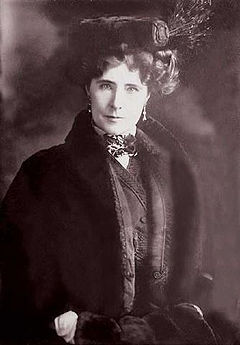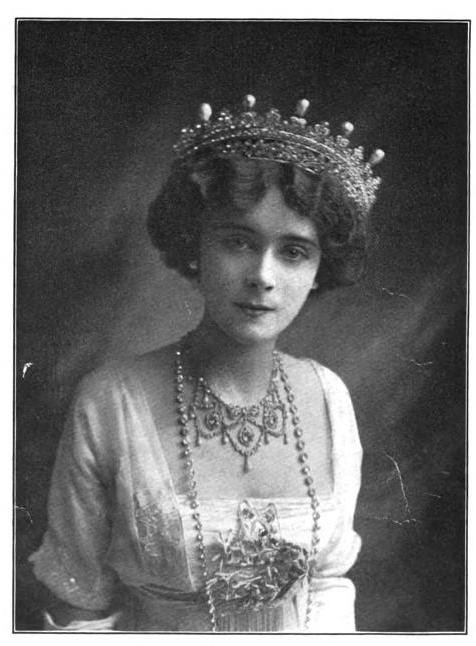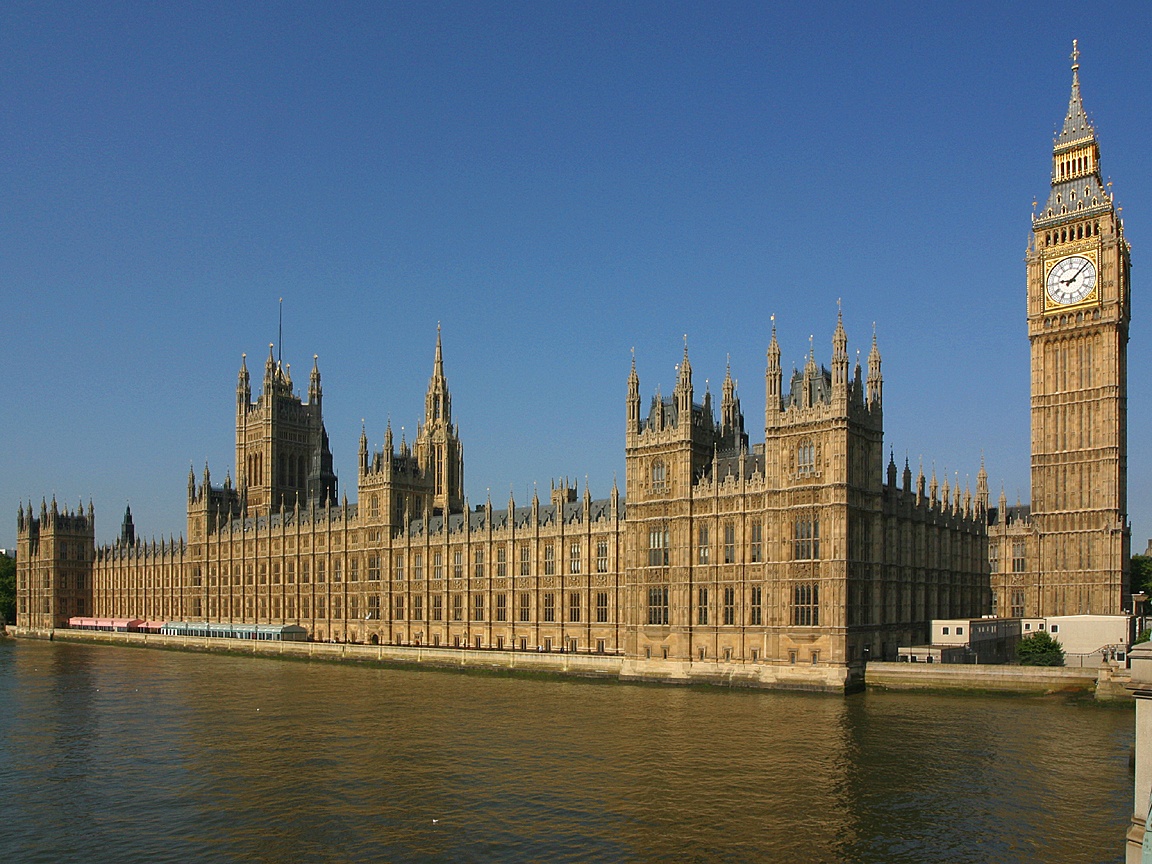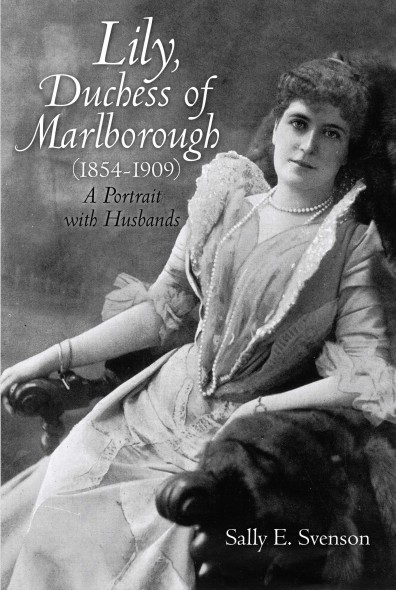I suppose it’s ridiculous to genuinely enjoy Elinor Glyn, but I can’t help it. When she’s not making her characters passionately miserable about each other, she has a delightfully catty sense of humor, and nowhere is it more in evidence than in The Visits of Elizabeth, her first novel, published in 1900.
The Visits of Elizabeth

The novel consists of the letters of Elizabeth to her mother, and I can’t put the premise any better than Glyn does:
“It was perhaps a fortunate thing for Elizabeth that her ancestors went back to the Conquest, and that she numbered at least two Countesses and a Duchess among her relatives. Her father had died some years ago, and, her mother being an invalid, she had lived a good deal abroad. But, at about seventeen, Elizabeth began to pay visits among her kinsfolk.”
Her “kinsfolk” are all wealthy and nearly all titled, and she meets a lot of the same people as she goes from house party to house party. People are constantly falling in love with her, which is very entertaining, but it’s clear pretty early on that Harry, the Marquis of Valmond, is the one she’s interested in — even if she doesn’t realize it herself. But he’ll have to end his affair with the snide South African Mrs. de Yorburgh-Smith before Elizabeth can accept him as a suitor.
Elizabeth is a delightful character, beautiful, unaffected, innocent, and very, very sharp. Her innocence prevents her from seeing the implications of her observations (when she sees a shadowy figure wandering the halls at night, she thinks it’s a ghost, while it’s obvious to everyone else that it’s a man visiting a woman’s bedroom) and it should all be horribly coy, but it isn’t. And it’s a satirical book, but not in a mean way. Or, at least, it’s only mean in the way that young girls are when they think anyone over forty is elderly. Elizabeth skewers her friends, relatives and acquaintances with her wit, but she doesn’t realize she’s doing it, which somehow makes it all okay.
The Letters of her Mother to Elizabeth
I always wonder, when I’m reading The Visits of Elizabeth, what on earth her mother can be saying to her in her replies. And, because Glyn was plagued by anonymous sequel-writers, we get to find out at least one person’s opinion. William Rutherford Hayes Trowbridge was the author of a number of other novels besides The Letters of her Mother to Elizabeth (published anonymously in 1901), but all I really know about him is that I don’t like him. Trowbridge envisions Elizabeth’s mother as someone as much like Elizabeth as a forty year-old widow can be, but for several different reasons, it doesn’t quite work.
For one thing, I can’t imagine that Elizabeth’s character could be what it is if she was raised by the woman Trowbridge creates. And apparently Trowbridge can’t, either, because he has Elizabeth’s mother imply that the innocence is a front, and that Elizabeth is consciously on the lookout for a wealthy husband. I have no problem with unauthorized sequel-writers on principle, but I do think it’s important to try and make your sequel fit the original work, rather than twisting the original work to validate your sequel. Also, he keeps giving characters names like Blubber and Fruit and Portcullis, which is just irritating.
Mostly, though, the problem is that Trowbridge doesn’t have nearly as light a touch as Glyn, so Elizabeth’s innocence and candor become, in Trowbridge’s picture of her mother, coyness and spite.
Elizabeth Visits America

Glyn did actually write a sequel: Elizabeth Visits America. And while, like the original, it consists entirely of Elizabeth’s letters to her mother, it also gives us an alternative version of how Elizabeth’s innocence might work in a married woman. I don’t know how to describe it, exactly, except to say that, while Elizabeth knows more about the world than she did in The Visits of Elizabeth, she retains a faith in everyone’s good intentions. Her genuine liking for almost everyone she meets takes the sting out of her often ridiculous observations.
In this book, Elizabeth has been married for about seven years, and she and Harry have two children, who they have apparently named Hurstbridge and Ermyntrude, although, to be fair, Hurstbridge is probably a title rather than a given name. A letter from the Vicomte de Tremors, one of Elizabeth’s former suitors, sparks a quarrel, and Harry runs off to Africa to hunt lions or something, while Elizabeth joins her cousin Octavia and Octavia’s husband Tom on a trip to the United States.
Elizabeth waxes philosophical about America’s relative youth as a country, saying a lot of pretty ridiculous things and getting, at times, kind of offensive, but in the most good-natured way possible. I always enjoy books like this (for another titled-British-girl-visits-America story, try the Williamsons’ Lady Betty Across the Water) because British and American customs were just different enough that hearing about what is and isn’t the same teaches you about both. Even allowing for the probability that Glyn has made everything just a bit more scandalous than it actually was.
Actually, both of the Elizabeth books feel sort of educational at times, Elizabeth Visits America more obviously, with its tours of opium dens, and San Francisco three years after the 1906 earthquake and such, but also The Visits of Elizabeth, which always makes me feel a lot better acquainted with upper crust Edwardian society than any other book I can think of, because Glyn really did hang out with the kind of people she writes about — those of you who are watching Downton Abbey would probably have a lot of fun with it — and I suspect these books would be enjoyable even if they had no basis in real life at all. Really, people don’t give Glyn enough credit.
The Visits of Elizabeth at Project Gutenberg
Elizabeth Visits America at Project Gutenberg
The Letters of her Mother to Elizabeth at Google Books (homage to Glyn’s “Elizabeth” books, written by W. R. H. Trowbridge)
Visit Melody’s blog, Redeeming Qualities for more vintage reviews and commentary!





I love this book. In fact, like you, I love Elinor Glyn’s novels. In a way, they give a very good view of Edwardian high society and are entertaining to boot (unlike Vita Sackville-West’s dry and moribund The Edwardians).
Yes! She’s both convincing and entertaining, and I’ve yet to come across any author who seems more at home in that Edwardian high society milieu.
Hey Evangeline, just wanted to let you know you’ve won the Stylish Blogger Award! Check out my latest blog post to learn more.
Thank you Belinda!
I admit I am a fan of Elizabeth and Ms Glyn as well. I have tried a few other of her novels and have not enjoyed them as much but i am partial to the country house theme. I have heard of some of these sorts of stories referred to as Silver Spoon (or was it silver fork?) novels. What do you know about that genre?
Hmm. I have heard of silver fork novels — Franco Moretti talks about them in Atlas of the European Novel — but, if I recall correctly, he was talking about stuff from the first half of the 19th century by people like Bulwer-Lytton and Disraeli. What books were you thinking of?
Also, if it helps, the Glyn novels that I find to be most like the Elizabeth books are The Reflections of Ambrosine and The Vicissitudes of Evangeline.
Thanks for the blog entry–very informative! I have just sent a note to Gutenberg.org asking them to relist “The Letters of Her Mother to Elizabeth” as being by Trowbridge rather than Glyn. Also, the link to the post about “Three Weeks” is down–can you restore? thanks!
Gutenberg.org has updated their collection to list Trowbridge as the author, so hopefully not too many people thought Glyn wrote the false sequel.